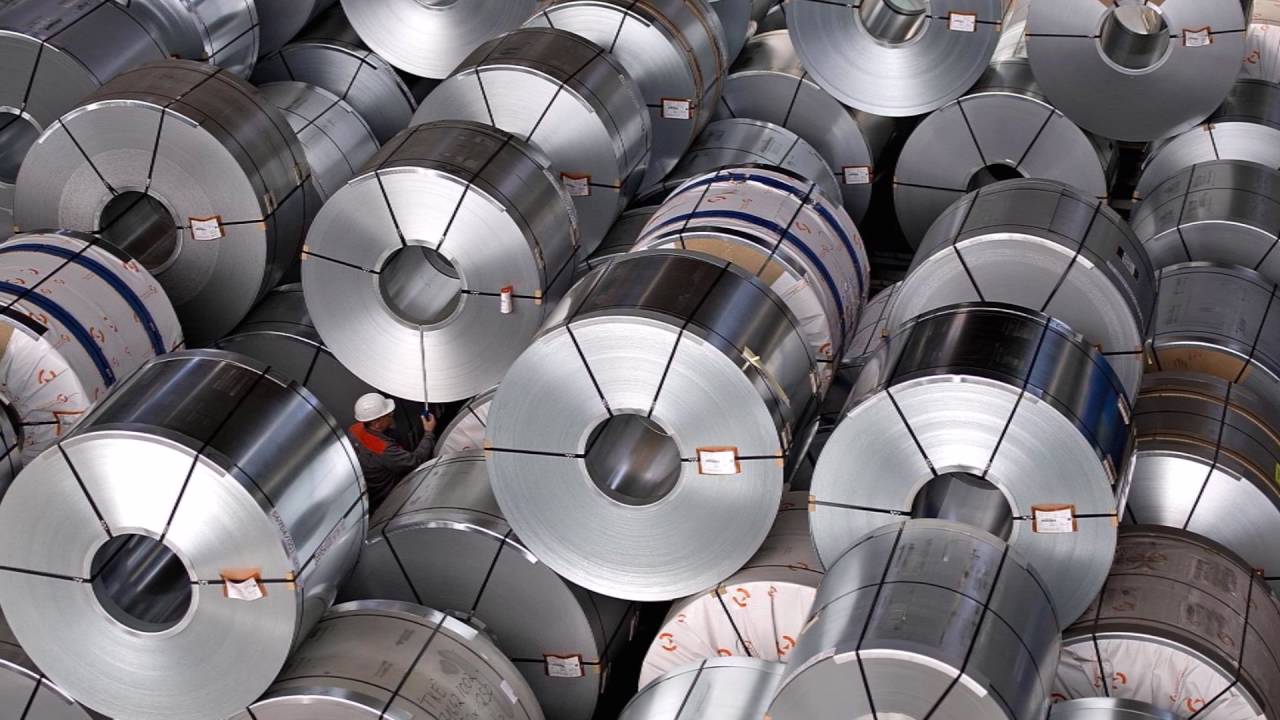The Science Behind the Top 10 Strongest Metals

Metals have been the backbone of human civilization for centuries, shaping industries, technology, and infrastructure. From the earliest use of copper in tools to the modern engineering of alloys for aerospace and defense, metals continue to define strength and resilience. But what determines the strength of a metal? To answer that, we must explore its internal structure, bonding, and physical properties. In this article, we’ll break down the science and reveal the top 10 strongest metals, examining why they hold such a vital role in industries and everyday life.
What Makes a Metal Strong?
Strength in metals is not a simple concept—it can mean different things depending on the context. Several factors determine how strong a metal is:
- Tensile strength: the ability to resist being pulled apart.
- Compressive strength: the ability to withstand being pushed together.
- Yield strength: the stress at which a metal begins to deform permanently.
- Hardness: resistance to scratching or denting.
- Impact strength: the ability to absorb energy without fracturing.
Metals derive their strength from atomic bonding, crystal lattice structure, and how impurities or alloying elements influence these bonds. For example, adding carbon to iron creates steel, which dramatically increases its strength due to the way carbon atoms lock into the lattice.
Why the Strongest Metals Matter
The top 10 strongest metals are not just scientific curiosities—they are essential in real-world applications. Strong metals are used in construction, transportation, aerospace, military defense, and even medical implants. Understanding their strength helps scientists and engineers develop better, lighter, and more durable materials for technology and human advancement.
The Top 10 Strongest Metals Explained
1. Tungsten
Tungsten tops the list because of its unmatched tensile strength, which can exceed 1500 megapascals. It has the highest melting point of all pure metals at 3,422°C, making it indispensable in applications such as rocket nozzles, high-temperature furnaces, and military projectiles. Its density also rivals that of gold, making it incredibly resistant to deformation.
2. Titanium
Titanium is celebrated for its excellent strength-to-weight ratio. While not as dense as tungsten, it combines high tensile strength with corrosion resistance. Titanium alloys are heavily used in aerospace, marine equipment, and medical implants because they are lightweight yet durable. Its biocompatibility makes it perfect for surgical use.
3. Chromium
Chromium is not only hard but also corrosion-resistant, which makes it a key ingredient in stainless steel. It has a Mohs hardness of 8.5, making it difficult to scratch. Chromium coatings are used in industrial machinery and decorative finishes due to its reflective properties and resilience.
4. Steel (Alloyed Iron)
Steel is not a pure element but an alloy made primarily from iron and carbon, with varying amounts of other elements like chromium, nickel, and manganese. Its strength depends on composition, but high-carbon steels and specialized alloys can exceed the strength of pure metals. Skyscrapers, bridges, and military equipment owe much of their existence to steel’s strength.
5. Osmium
Osmium is one of the densest elements in the periodic table, with twice the density of lead. It is extremely hard and resistant to wear, making it useful in applications like fountain pen tips, electrical contacts, and specialized industrial tools. However, it is brittle and difficult to work with, which limits its large-scale applications.
6. Iridium
Iridium is another dense and strong metal, highly resistant to corrosion—even in extreme environments. It maintains structural integrity at high temperatures, making it vital in spacecraft, deep-sea equipment, and high-performance spark plugs. Its rarity also makes it one of the most valuable precious metals.
7. Vanadium
Vanadium on its own is not the strongest metal, but when alloyed with steel, it produces materials of exceptional toughness and durability. Vanadium steels are used in tools, engine parts, and even nuclear reactors due to their high resistance to fatigue and shock.
8. Nickel
Nickel combines strength with ductility and corrosion resistance, making it an essential component in superalloys. These nickel-based superalloys withstand extreme temperatures and are used in jet engines, turbines, and power plants. Its ability to resist oxidation makes it critical in harsh chemical environments.
9. Magnesium Alloys
While pure magnesium is relatively weak, magnesium alloys exhibit impressive strength-to-weight ratios. These alloys are crucial in industries like aerospace and automotive manufacturing, where lightweight but strong materials improve efficiency and fuel economy.
10. Aluminum Alloys
Similar to magnesium, aluminum on its own is soft, but when alloyed with copper, magnesium, or zinc, it becomes extremely strong while remaining lightweight. Aluminum alloys are the backbone of modern aviation, packaging, and structural engineering. Their corrosion resistance also makes them ideal for marine use.
Comparing the Strength of the Top 10 Strongest Metals
When comparing these metals, it’s important to remember that context matters. Tungsten may be the strongest in terms of tensile strength, but titanium excels when weight is a concern. Steel dominates in terms of versatility and affordability, while rare metals like osmium and iridium outperform in extreme environments. Magnesium and aluminum alloys, though not the hardest, are vital for industries requiring lightweight yet durable materials.
Industrial Applications of the Strongest Metals
- Construction: Steel and chromium-enhanced alloys form the backbone of infrastructure.
- Aerospace: Titanium and aluminum alloys reduce weight without sacrificing durability.
- Military and Defense: Tungsten and depleted uranium are used in armor-piercing projectiles.
- Medical Industry: Titanium’s biocompatibility makes it a top choice for implants and surgical tools.
- Energy and Power: Nickel superalloys withstand the heat of turbines and reactors.
- Luxury and Precision Tools: Osmium and iridium add durability to specialized equipment.
The Future of Strong Metals
The top 10 strongest metals we use today may soon be joined or replaced by new discoveries and engineered alloys. Scientists are experimenting with nanostructured metals, composites, and high-entropy alloys that could surpass the strength of anything we currently use. These advanced materials may revolutionize aerospace travel, renewable energy, and even space exploration.
Conclusion
The science behind the top 10 strongest metals lies in their atomic structures, bonding properties, and engineered enhancements through alloys. Each of these metals plays a unique role in shaping modern life, from the tallest skyscrapers to the fastest aircraft. Whether it’s tungsten’s unmatched tensile strength, titanium’s lightweight resilience, or steel’s versatile utility, the strongest metals are more than just elements of the Earth—they are the foundation of human innovation.







